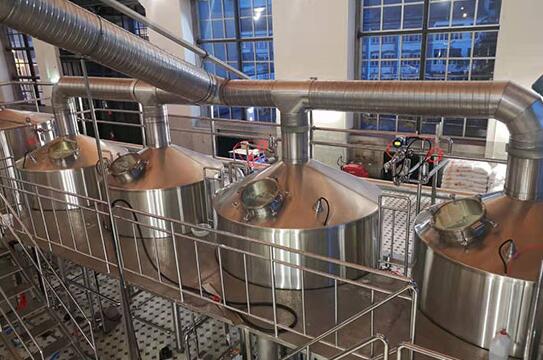How to chill wort without wasting water?
As an avid brewer and very environmentally conscious person, the amount of water needed to "chill" an average sized batch of beer is heartbreaking.
My first attempt at using an immersion chiller was terrible. Not only was the wort chiller undersized and underlength, but it leaked badly, causing more water to be wasted.
When starting it up, I was unaware that it was only cooling a small portion of the wort, causing more water to run down the drain.
The main way to reduce water waste when cooling wort is by reusing or using used water and reducing total consumption. When using a wort chiller, increasing surface contact and efficiency is key to cooling the water source as much as possible. Cooling the wort overnight is another viable option.
I researched every scenario I could think of and tried various ways that I could save water while brewing great beer. Just to do my best for the planet and the brewing community, I have listed all the results in this article.
1. Conventional cooling techniques
So, just to make sure we're all on the same page, let's quickly review the more conventional methods brewers use to chill their wort and briefly explain why we do it.
Ice bath
Most brewers will choose an ice bath when they first try to make beer, mainly because they are only using a starter kit and don't have a wort chiller yet.
Wort Chillers
There are three main types of wort chillers and a range of different models. They are immersion chillers, which are placed directly in the brew kettle, and counterflow and plate chillers, which pump both wort and cold water through them.
Of the two, the wort chiller uses the most water when used in the conventional way.
Measuring water usage
Although we are trying to conserve water, it may be useful to know how much water you can save by making some changes to your brew day routine.
Of course, to understand this, you need to calculate how much water you are actually using. This can be done by monitoring your water meter and considering how much water you use on a normal day versus how much you use on a brew day.
Or, you can use some math.
So if you fill a container, whether it's a 1-gallon magnum or a 0.25-gallon jar, you can later multiply by 4, which will give you the starting flow rate for your garden hose/faucet.
If you did the same thing but collected water through your wort chiller, you would immediately know how much water you were using per minute.
On average, an immersion chiller takes 15-25 minutes to cool a 5 gallon batch of wort, while a counterflow or plate chiller takes closer to 5-15 minutes. Of course, there are many factors at play here, and it's not easy to give a definitive answer to how long it will take in all cases.
So, if you have a flow rate of 3 gpm, you might need 60 gallons to cool 5 gallons of wort. That's crazy!
More inforamtion please click here

评论
发表评论